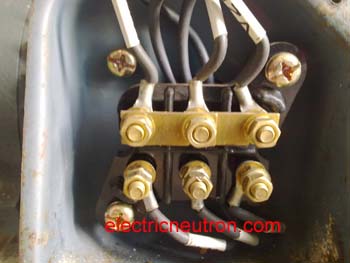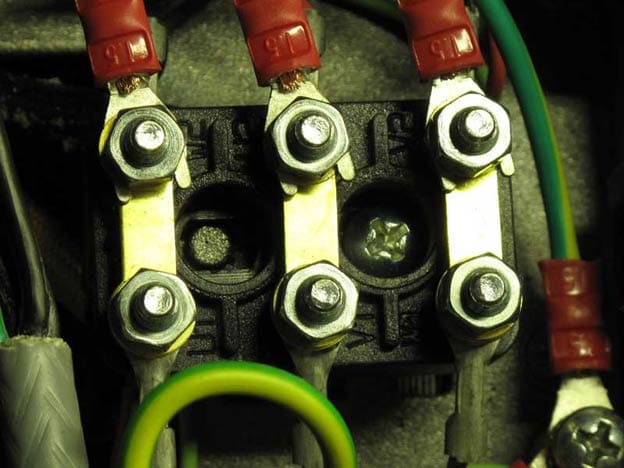Hi all,
I'd appreciate some general advice around installing a three phase car lift into my garage at home.
My house was fully rewired to 17th Edition about 3 years ago. The garage wasn't wired up because I knew I'd be building a much bigger garage. Anyway this is nearing completion bar the new roof and I'm starting to think about electrics.
When the house was wired I asked the electricians to install a circuit for the garage which they have done and I'm currently running a double external socket on this circuit. The intention was to tap in at this point to run the SWA to the garage. The garage circuit is protected by a B20 MCB and I'm unsure if this will be rated high enough, possibly needs changing for a B32?
I have a small dilemma with the lift in that it runs off a 1.5kw 3 phase motor. I intend to either have an inverter installed or change the motor for a single phase. At this point I'm erring on the side of the inverter.
I'd be grateful if someone could just give me an overview on how they see this being wired up? I'll obviously also be installing lighting and sockets aside from wiring up the car lift. This is a full size professional garage lift and obviously I'm a little concerned about the loads on motor start up.
I'd appreciate some general advice around installing a three phase car lift into my garage at home.
My house was fully rewired to 17th Edition about 3 years ago. The garage wasn't wired up because I knew I'd be building a much bigger garage. Anyway this is nearing completion bar the new roof and I'm starting to think about electrics.
When the house was wired I asked the electricians to install a circuit for the garage which they have done and I'm currently running a double external socket on this circuit. The intention was to tap in at this point to run the SWA to the garage. The garage circuit is protected by a B20 MCB and I'm unsure if this will be rated high enough, possibly needs changing for a B32?
I have a small dilemma with the lift in that it runs off a 1.5kw 3 phase motor. I intend to either have an inverter installed or change the motor for a single phase. At this point I'm erring on the side of the inverter.
I'd be grateful if someone could just give me an overview on how they see this being wired up? I'll obviously also be installing lighting and sockets aside from wiring up the car lift. This is a full size professional garage lift and obviously I'm a little concerned about the loads on motor start up.



